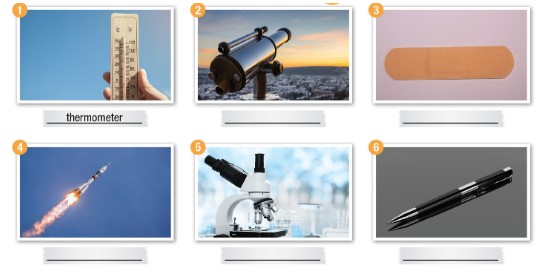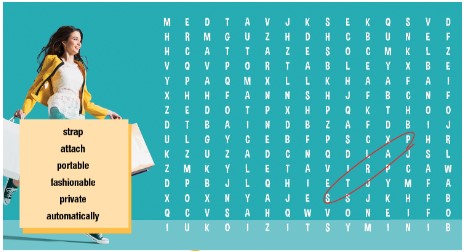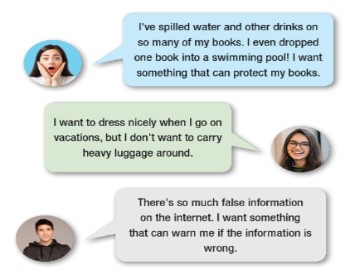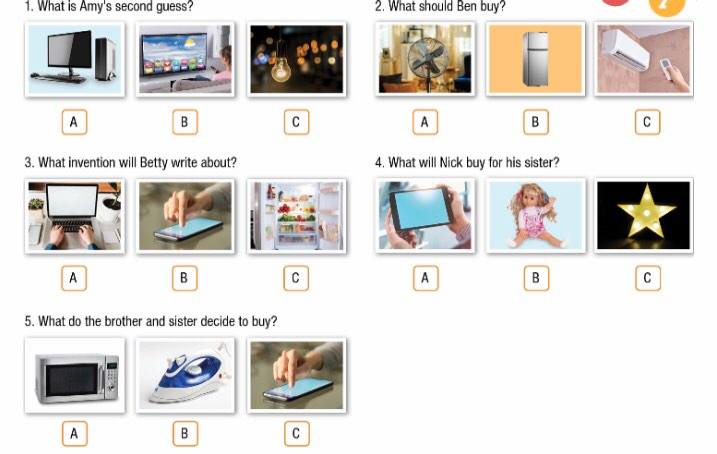Giải SGK, SBT Unit 7. Inventions iLearn Smart World
Giải SGK, SBT Unit 7 iLearn Smart World
c. Read the Conversation Skill box and listen to Task b. audio again. Number the phrases in the Conversation Skill box in the order you hear them.
(Đọc hộp Kỹ năng hội thoại và nghe Nhiệm vụ b. âm thanh một lần nữa. Đánh số các cụm từ trong hộp Kỹ năng Hội thoại theo thứ tự bạn nghe thấy.)
|
Conversation Skill (Kỹ năng hội thoại) Checking comprehension (Kiểm tra khả năng hiểu) To check if the listener can understand your idea or explanation, say (Để kiểm tra xem người nghe có thể hiểu ý tưởng hoặc lời giải thích của bạn hay không, hãy nói) Do you know what I mean? (Bạn có hiểu ý tôi không?) Am I making sense? (Tôi có hiểu không?) |
b. Choose an invention and think of examples of how it helps make your life easier or more interesting. Ask and answer the questions below and fill in the table.
(Chọn một phát minh và nghĩ về các ví dụ về cách nó giúp cuộc sống của bạn dễ dàng hơn hoặc thú vị hơn. Hỏi và trả lời các câu hỏi dưới đây và điền vào bảng.)
|
Which invention makes your life easier/ more interesting? |
|
|
What can you do with it? How does it make life easier/ more interesting for you? |
|
|
What else can you do? How else does it make life easier/ more interesting? |
|















